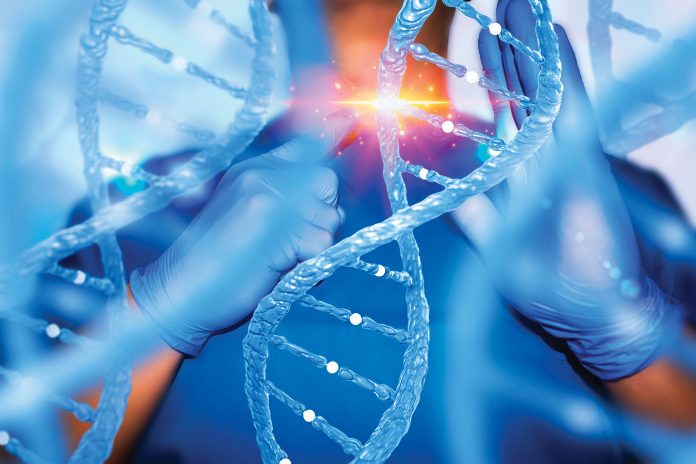
Research led by Oregon Health & Science University suggests current testing methods may be insufficient to pick up genetic mutations introduced through the process of gene editing.
As technologies such as CRISPR gene editing are now widespread and being assessed as ways to treat genetic diseases, it is important to consider and test whether these relatively novel processes could cause unknown harm elsewhere in the genome.
There was widespread condemnation of the Chinese scientist who announced the birth of gene edited babies in 2018, and editing embryos for implantation is currently banned in most places. However, science is advancing rapidly and research to assess the viability of correcting a genetic disorder in an embryo prior to implantation is ongoing.
Preimplantation diagnosis of embryos already occurs when people undergoing IVF treatment want to check whether a potential embryo has a genetic mutation, for example, if they have a genetic disease in the family. Only very small samples can be extracted for testing and require a whole genome amplification (WGA) step to obtain sufficient DNA to use for sequencing.
WGA can be problematic as allelic dropouts, defined as false positive deletions or loss of heterozygosity, can occur in up to 30% of the sample and current sequencing and computational methods are not able to solve this issue. Chromosomal integrity is also not conserved and the sample amplifies as small fragments.
As reported in Nature Communications, Shoukhrat Mitalipov, a professor at Oregon Health & Science University, and colleagues carried out a study to assess levels of unintended mutations that could be introduced into implanted embryos.
To do this, they assessed the outcome of corrective gene editing in stable embryonic stem cells (ESCs) derived from genetically edited human embryos. To try and account for the possibility of mosaicism, an outcome seen in mammalian gene edited cells, a minimum of 10 ESC lines were cultured from each embryo.
To test the genetic integrity of the embryos, the researchers compared the standard method using WGA as well as ESC testing as a comparator. Although standard testing suggested more than a quarter of previously heterozygous loci were homozygous after WGA (indicating probable allelic dropouts) the rates were much lower using the ESC testing method.
“The frequency of loss of heterozygosity in embryonic stem cells is lower than in blastomeres, suggesting that allelic dropouts is a common WGA outcome limiting genotyping accuracy in human preimplantation embryos,” write the authors.
“It tells you how little we know about editing the genome, and particularly how cells respond to the DNA damage that CRISPR induces,” said Mitalipov in a press statement. “Gene repair has great potential, but these new results show that we have a lot of work to do.”






![AI Algorithm Could Reduce Breast Cancer Mammogram False Positive Rate The primary goal of the Paradigm Registry is to accelerate tumor profiling based on disease biology. [iStock/LilliDay]](https://www.insideprecisionmedicine.com/wp-content/uploads/2019/01/307-218x150.jpeg)






